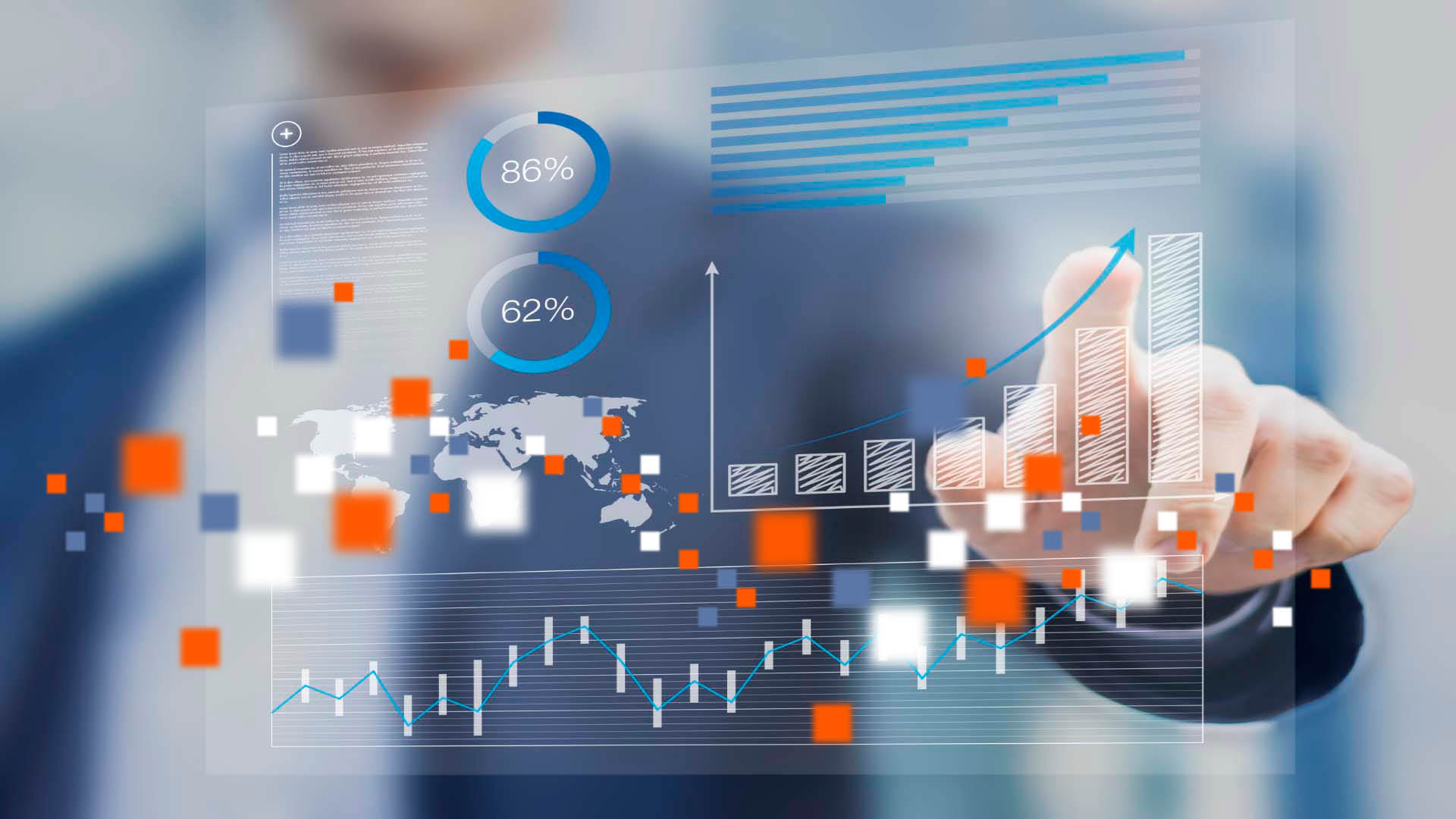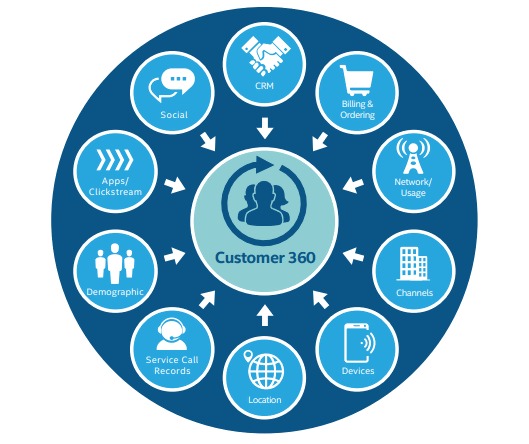

Do you know that 360-degree customer view drives up your profits? Of course, it is valuable and important to know everything regarding your customer interactions with your rivals, and 360-degree customer view serves this purpose too. Forming a 360-degree view is taken as the holy grail of customer intelligence, and you can form it today. As a business, you would like to determine how much your customers are spending, and where; why they are shopping with your competition and not you, what is driving their buying behavior and what measures you can take to snatch a greater share of their wallet. A 360-degree customer view using big data gives the answers, having this valuable information available for your business.
Why Big Data?
Big Data Analytics has transformed many things, and how the customers buy is one of the bigger ones. The customers are now habitual of seeing the personalized recommendations of the products, customized ads, and even a complete bevy of the goods and services exclusively curated for them. Without a massive and integrated information flow that the Big Data provides, this entire process would be difficult.
Nowadays, the businesses want to know their business than just the data their B2C transactions are providing them. This holistic view of the personality not just helps them offer a more relevant rage of offerings to the customers, but also lets them better stand out in the market from their competitors.
So, what could be the obstacle for this blissfully joined state? Often, the data required is saved at two places; within the company itself, and within the third-party system. Moreover, an additional challenge lies in the fact that most of the conventional data storage system is not developed to manage this huge amount of dispersed information.
And that’s where the Big Data comes into play. Big data platforms possess the power and space to handle a vast volume of diverse data with speed and ease. When integrated with the cloud-based infrastructure, they are also exceptionally good at catering the needs of the geographically distributed and transforming the workforce. Blending the functions of merging, processing, evaluating and producing the outcomes from a mountain of customer data is now very much a possibility.
So, how much today’s better-equipped data technologies are better?
- Speed: The data is mined at higher speeds
- Set Time: Systems can be set up faster
- Volume: Terabytes of data are processed
- Flexibility: Unstructured data can be managed
- Text-ready: Text analytics are supported
- Cost-effectiveness: Greater data amounts are processed with a less monetary impact
Creating a 360-degree Customer View Using Big Data
Each customer journey has a definite starting point. The journey of forming a holistic view of the customers usually begins with getting the right technologies in place; though, it doesn’t end here. The emphasis has not been shifted to applying that information, via following basic steps:
-
Make a Unique Global Customer Identity
This includes data like whether the customer is a member, a returning or new customer, whether there has been a cross-brand integration happening, etc. Background data like household and regional information is required too.
-
Internal Data Organization
This step collects information such as transaction data, customer service information, and overall customer’s satisfaction. It also includes the activity of the customer on a company’s website, social media pages, and loyalty programs.
-
External Data Collection
During this stage, the focus shifts from the customer and business to the external world. Here you look for category information, events and trends; demographic and geographic profiles, general lifestyle and attitude information as well as competitors’ data.
-
Application of Predictive Analytics
With all the available factors, a business starts to predict its customers’ likeability to buy, and potential cross-sell and up-sell effectiveness along with prospective customers’ conversion rates.

The Sources of Big Data
There is no sole source to gather data to create a 360-degree view of the customers. You’ll be taking into considerations various data points, from numerous vendors and running different services on your side to make sure that the ephemeral data stays relevant.
Leveraging Data intelligence
Once you start capturing and saving the external information, you would like to have meaningful insights and findings to be leveraged for the commercial gain.
Now is the point where business intelligence meets data science. If a business captures all the right data, it will understand the tendency of customers buying its product over competitors, and what other factors might have affected their decision to shop with the business and its competitors at any point in time.
For instance, by overlaying the package download data on specific dates it’s possible to know if telecom’s customers would have considered your telecom company over the competition or they were enforced to stay somewhere based on the occasion or location or even targeted promotion.
Optimizing a Big Data Based 360-degree Customer View
All this data is impressive, but let’s not oversee the intellectual behind it: Businesses should be able to get the correct information to the correct person at the correct time. Thus, they will maximize their results. Businesses can’t do this in a vacuum, though. To make the best use of the complete view of the individual customer, you need to:
-
Listen to your customers:
When customers raise complaints or concerns about your brand, you must improve it. When they praise and rave good reviews, you need to learn from the same and apply the findings to other areas too.
-
Understand how your customers interact.
You need to know, not just how they are interacting with you, but with your category. Stay attentive to emerging changes and contemporary trends.
-
Identify your customer satisfaction
Target possible areas for improvement and upsell and cross-sell opportunities.
-
Customize & engage
Each customer loves to feel valued as an individual. Deliver that. As far as possible, make each of your customer experience positive and make your customers feel valued. Engage with your customer via offerings and channels they prefer. This will further reinforce brand loyalty.
Going Ahead
Keep in mind that an integrated view of your customer extends across the time. This includes all their previous purchases, responses, and interactions, their present interactions, preferences 7 identities; the future influences that might prevent churn, upsell and cross-sell, and – above all – ways to keep them as your loyal customer. The fundamental key to scheming, engineering and applying your 360-degree customer view platform is to have a definite outcome in mind. What does your business want to attain, and how will this intelligence be utilized in a positive way to have new value and improve the customer experience. Big data surely help there.

